Top 3 Famous Semi-Cursive Script
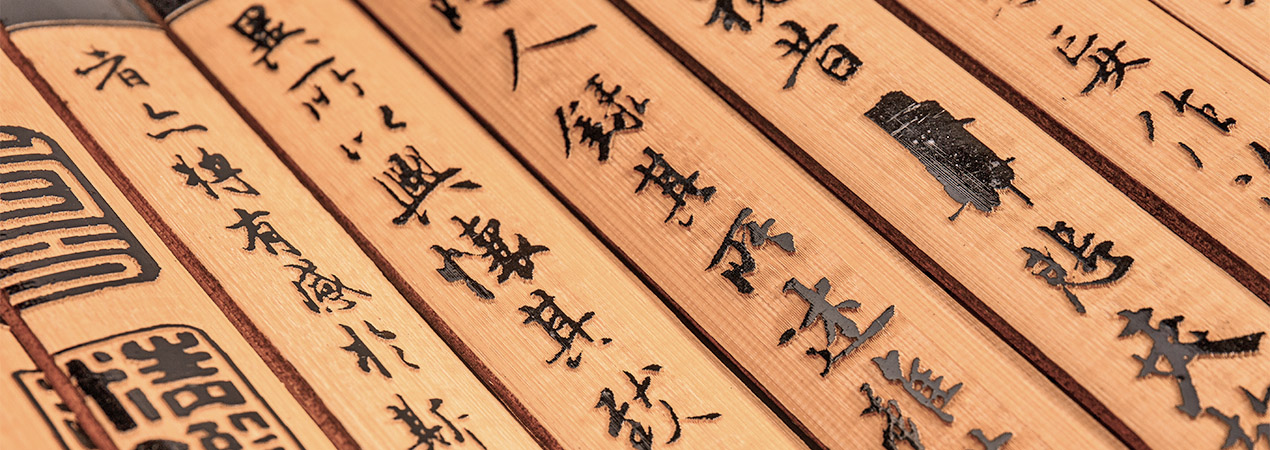
In Chinese calligraphy, Chinese characters can be written according to five major styles. These styles are essentially linked to the history of Chinese script. In this article, we will explain one of these.
The semi-cursive script (also referred to as "running" script, and in Chinese xíngshū 行书) is a cursive style of Chinese characters. It approximates normal handwriting in which strokes and, more rarely, characters are allowed to run into one another. In writing the semi-cursive script, the brush leaves the paper less often than in the regular script. Characters appear less angular and instead rounder.
The Top 3 Semi-cursive Script is Lanting Preface 《兰亭序》written by Wang Xizhi (王羲之 303-361)), Draft of Requiem to My Nephew 《祭侄文稿》 by Yan Zhenqing (颜真卿 709-785), and Han Shi Tie 《寒食帖》 by Su Shi (苏轼 1036-1101).
The three pieces of calligraphy are draft, all of which were written with the most intensive of the authors. These masterpieces express the author’s struggles, their character, and circumstances they faced.
Top 3: Han Shi Tie by Sushi
Su Shi, also known as Su Tungpo was a Chinese calligrapher, a great scholar, and a politician of the Song Dynasty. He was an important figure during this period, highly praised by the emperor and government officials in his 20s. Su held a variety of government positions throughout China, most notably in Hangzhou, where he was responsible for constructing a pedestrian causeway across the West Lake, that still bears his name Sudi (苏堤, Su causeway).
Su Shi was often at odds with a political faction headed by Wang Anshi, and once wrote a poem criticizing his reforms. This resulted in him facing political persecution and being exiled to Huangzhou(黄州) in Hubei Province in 1080-1086. During this period he lived at a farm called Dongpo (Eastern Slope), where he took his literary pseudonym. In 1086, Su was banished a second time (1094-1100) to Huizhou in Guangdong and Danzhou in Hainan island. He received a pardon in 1100 and died in Changzhou in 1101.
He was widely regarded as one of the most accomplished figures in classical Chinese literature. Han Shi Tie was written in 1081 when he was 44 years old, during his political turmoil, was demoted and exiled. The bleak weather, loneliness, and the Hanzi Festival (寒食節), also called the Cold Food Festival (is an ancient traditional Chinese Festival, celebrated before Qing Ming Festival) only added to his melancholy.

Han Shi Tie can be said was written with skill, every word expresses his desolate situation. The words of “weeping that road are at an end (哭途穷)” are with bigger forms than other characters give readers a visual impact of his struggles. It is regarded as an artistic masterpiece that combined poetry with calligraphy.
Top 2: Draft of a Requiem to My Nephew by Yan Zhenqing
Draft of a Requiem to My Nephew – A Requiem Full of Sorrow, was written by Yan Zhenqing in memory of his nephew Yan Jiming and his cousin Yan Gaoqing, who died in the rebellion of An Lu-shan (安禄山). This has been honored as ‘the best calligraphy of Yan Zhenqing, a great calligrapher of the Tang Dynasty (AD618-907).
At the outbreak of the rebellion during the reign of Emperor Xuanzong, Yan Zhenqing was elected as Commander-in-Chief, of 200,000 troops, threatening An Lu-Shan, whose rebellion had quickly defeated the Tang army.
Before the rebellion began, Yan Zhenqing first began to secretly conscript soldiers, he had sent a messenger informing his cousin Yan Gaoqing, who was then one of An Lu-shan’s subordinates. The two cousins made an arrangement to launch a joint attack to ‘corner the rebel forces’. As Yan Zhenqing’s cousin and nephew joined to fight the rebels, both were captured. Au Lu-shan was enraged by their betrayal and ordered their execution, along with more than 30 members of their families.
Struck with grief upon receiving the news, he sent people to look for their bodies, but could only retrieve a few of their remains. Yan Zhenqing tearfully composed “Draft of a Requiem to My Nephew”, that captures his deep sense of loss. He fought to control his feelings and chose to write in a straight-forward manner, pouring out his love and hatred on paper. In his eyes, he saw his nephew as someone born to be outstanding and showed virtues rare for his youth.

His style reveals considerable emotional unrestraint as it suddenly gives way to a variety of heavy strokes, marked by a slow rhythm, different font sizes, and lines were tilted. The Draft of a Requiem to My Nephew is seen as the most premium work due to its historic value.
Top 1: Lanting Xu “Preface to the Poems Composed at the Orchid Pavillion” by Wang Xizhi
The most famous semi-cursive script is Lanting Xu (Preface of the Poems Composed at the Orchid Pavilion). It was composed in 353 by Wang Xizhi.
The work describes a gathering of 42 literati at the Orchid Pavilion near the town of Shaoxing, Zhejiang Province, during the Spring and Brightness Festival, to compose poems and enjoy wine. The men had engaged in a drinking contest; rice wine cups were floated down a small winding creek as the men sat along its banks; whenever a cup stopped, the man closest to the cup was required to empty it and write a poem. This was known as "floating goblets" (流觴; liúshāng,). In the end, twenty-six of the participants' composed thirty-seven poems.
Wang wrote a preface for the collection of all the poems they created during the occasion. Consisting of 324 Chinese characters in 28 lines, the preface records the beauty of the natural scene around the pavilion and the happy times that they spent together, as well as describing the emotions of life. Every stroke of his writing has its unique form and postures. For example, in the original masterpiece, the character zhi (之) appears 21 times, but each one is written differently. It is considered one of the features of his work.
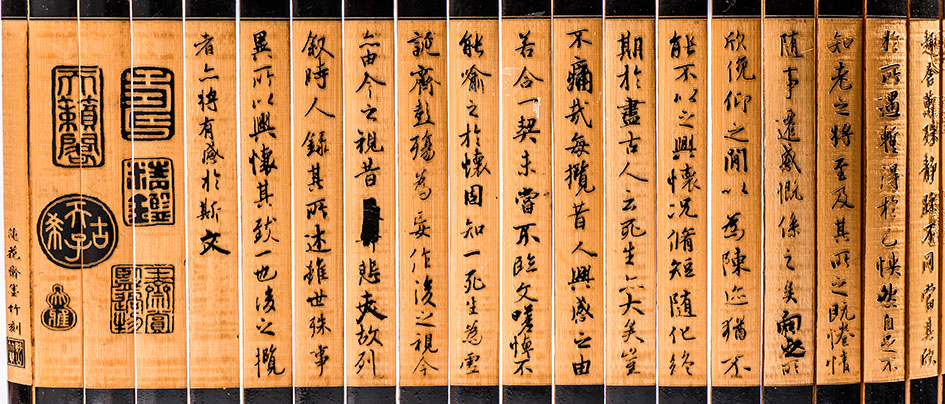
Emperor Taizong of the Tang Dynasty admired the work so much that it is believed the original copy was said to be buried with the emperor in his mausoleum. The only remains are duplicate copies by several brilliant calligraphers of the Tang Dynasty that are respectively collected by the Palace Museum, National Palace Museum in Taipei, and the Tokyo National Museum.
Wang Xizhi (303-361) was a man of noble birth who lived during the Jin Dynasty. He is considered by many to be one of the most esteemed calligraphers of all time, especially during and after the Tang Dynasty. This piece of work is believed to have an extremely high artistic value.
Chinese calligraphy is an art dating back to the earliest days of the country's history and is still practiced by people today. This invaluable part of Chinese culture both conveys the wisdom of the Chinese people and records China's long history.These top 3 masterpieces are the remarkable works of these famous calligraphers in ancient China, expressing their spirit, sincere joys, and pains of their hearts.

OR
Are you eager to begin your Chinese cultural journey?
Drop us a line and we will promptly connect you with our leading China expert!
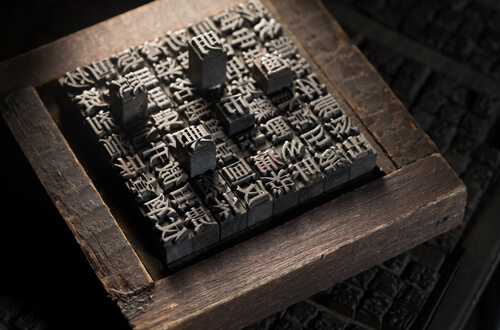 The Evolution of Chinese Characters
The Evolution of Chinese Characters 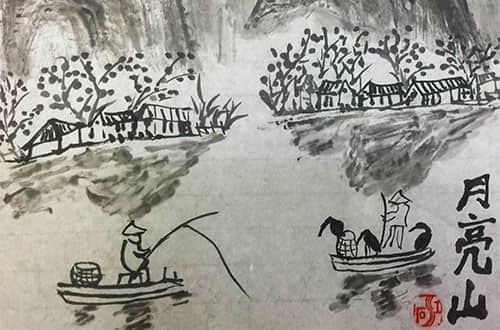 China Culture Exchange and Language Learning Tour for Students
China Culture Exchange and Language Learning Tour for Students 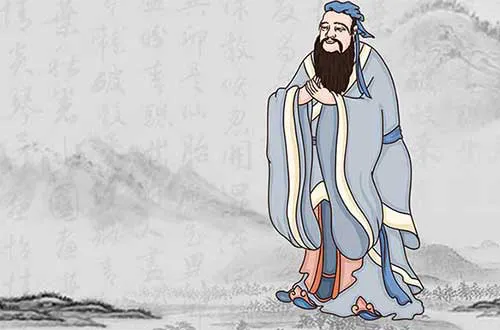 Confucianism
Confucianism  China School System
China School System